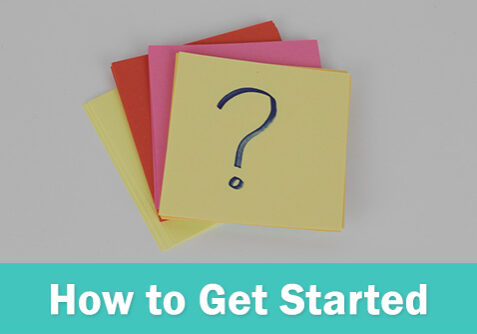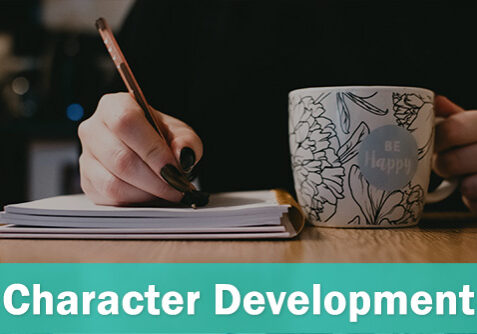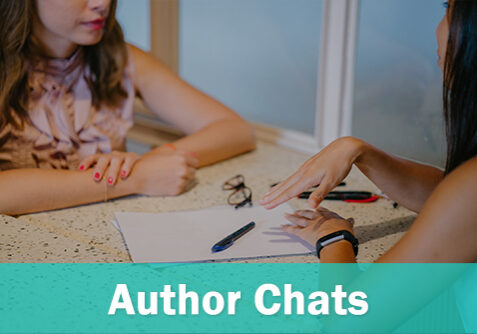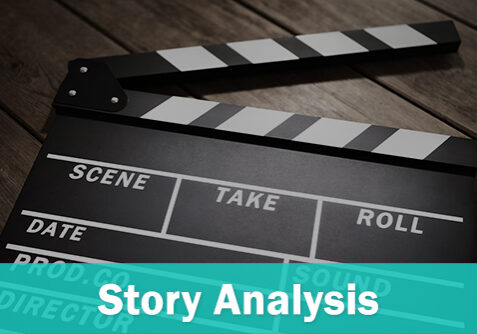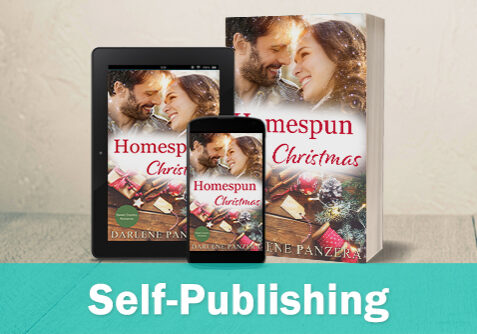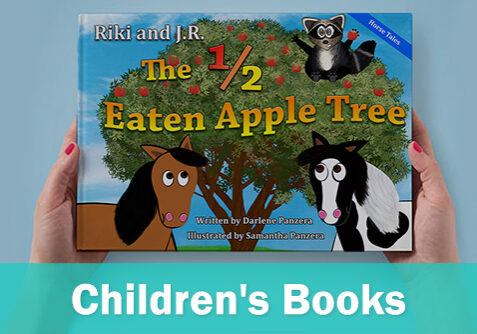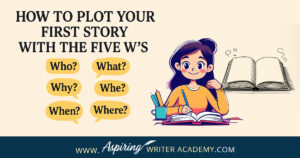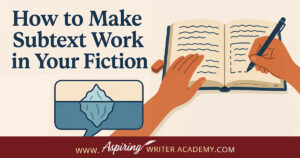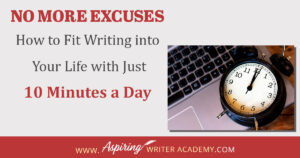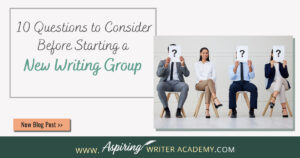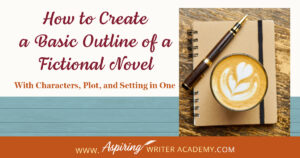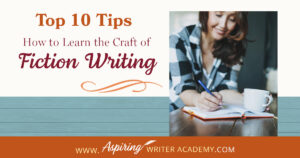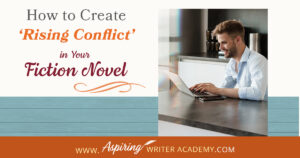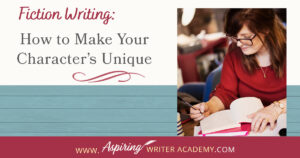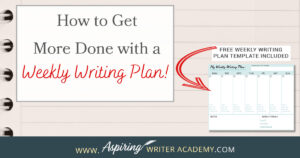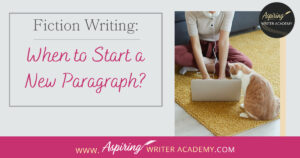Interested in writing and publishing quality fiction?
Welcome To Aspiring Writer Academy!
We are Darlene & Samantha, the mother-daughter team who created this site to help writers improve their craft, publish their work, and build an author platform. We share our knowledge from years of experience working with both traditional and self-publishing. We also offer tech tips and how-to tutorials to help you excel at blogging, social media, and marketing.
Our Goal for Aspiring Writer Academy is to help people learn how to write quality fiction, teach them to publish and promote their work, and to give them the necessary tools to pursue a writing career.
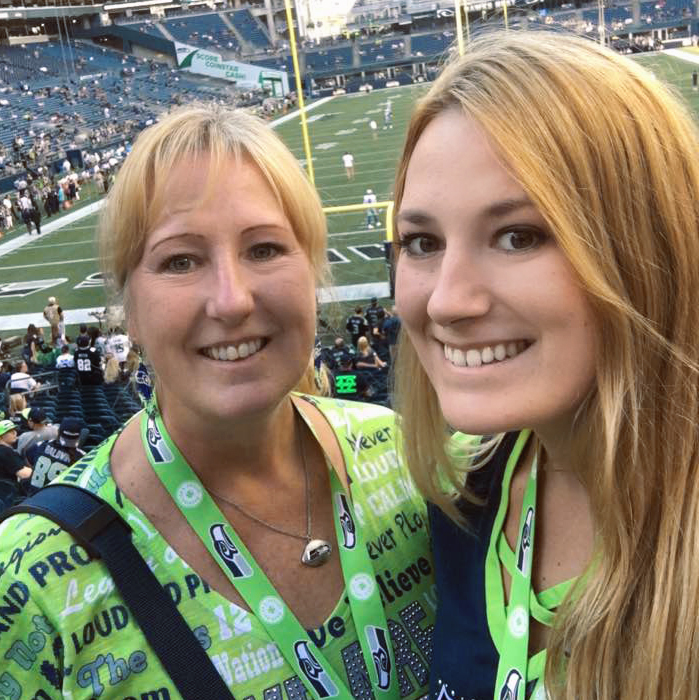
We Believe All Authors Can Aspire to Take Their Writing to the Next Level!
Who Are We?
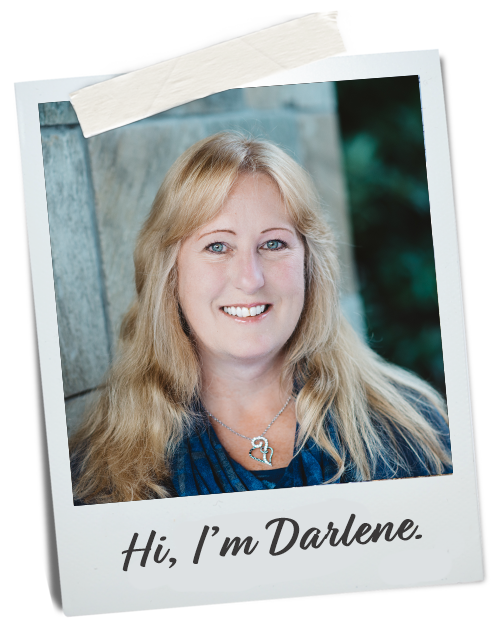
Darlene Teaches Everything She Knows About Writing
Hi! I love teaching aspiring writers and talking about all things writer-related. I am a multi-published author of over 16 novels and novellas, which includes both contemporary and historical romance, (and even a few children's picture books.) I have always loved to write, but my career launched with THE BET, included in bestselling author Debbie Macomber's FAMILY AFFAIR in 2012. An expanded version titled, BET YOU'LL MARRY ME, became a finalist for RWA's Greater Detroit Best Book Award. Other works include THE CUPCAKE DIARIES series and the MONTANA HEARTS series, with Avon/HarperCollins, and three historical novellas with Barbour Publishing. I teach classes at workshops and conferences and have mentored many aspiring writers to write and publish a book from start to finish.
Visit her author website at: https://darlenepanzera.com/
Samantha Covers the Tech and Marketing Side of Aspiring Writer Academy
Hey there, I specialize in helping writers promote and market their books. I have a technical arts degree in integrated multimedia and certificates in photography and photoshop but most of my knowledge and skills are self-taught from years of hands-on experience working as a graphic designer, photographer, website designer, and social media manager for many small businesses. I have spent countless hours online studying, attending workshops, and taking online courses.
I teach social media, marketing, and how to create a blog/website that can help you build brand authority and show you how to make profits in the process. I love explaining all about the latest tech and marketing tips so you can promote your books and build an author platform.
I also run a money-making travel blog called Adventure Hike Travel where I earn an income selling my own hiking clothing line in addition to earning revenue from banner ads and commissions from affiliate links promoting products that I love using on my own adventures.
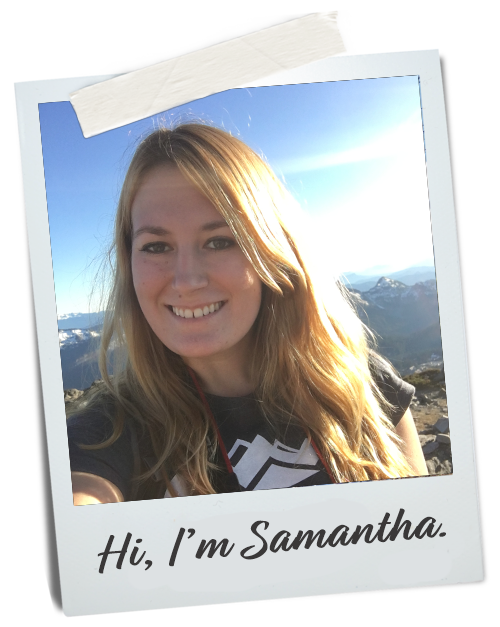
Join Us On Social Media
[elfsight_social_icons id="1"]
Recent Blog Posts
How to Plot Your First Story with the Five W’s: Who? What? Why? When? and Where?
Ready to start writing your first story? Where do you begin? With a character? A setting? Or an exciting idea for a scene? What do you need to create a working outline? How to Plot Your First Story with the Five W’s: Who? What? Why? When? Where? shows you how asking these key questions can…
How to Make Subtext Work in Your Fiction
Subtext is the hidden meaning behind the words in your story. It helps you express feelings, conflicts, and desires without saying them outright, encouraging readers to look deeper. You can create tension with subtle dialogue and moments where silence speaks volumes.
In How to Make Subtext Work in Your Fiction, you’ll learn how to use subtext effectively to highlight your characters’ true emotions over what they say, making your story richer and more engaging.
3 Tips: How to Switch Point-of-View When Writing Fiction
Have you heard the phrase “no head-hopping?” What does it really mean? Keeping your character’s point-of-view (POV) clear and consistent is key to making your story easy to follow. Plus, when you want to switch from one character’s perspective to another, it’s important to do it right! In 3 Tips: How to Switch Point-of-View When…
10 Helpful Tips for Novelists to Write Better Fiction
Are you starting to write your first novel or thinking about publishing one? Our 10 Helpful Tips for Novelists to Write Better Fiction cheat-sheet can help you along the way. With advice on creating scenes, choosing the right words, and managing your time, these tips cover key aspects of writing that will improve your story. Whether you’re new to writing or looking for some fresh ideas, these tips will steer you in the right direction as you work toward your publishing goals!
3 Steps: How to Create Fictional Characters with More Depth
Are you struggling to craft fictional characters that truly captivate your readers? Do some of your characters come across as “flat” or ordinary? How do you decide on their daily habits or explore their backstory? In what ways do other characters shape your protagonist’s growth?
In 3 Steps: How to Create Fictional Characters with More Depth, we help you go deeper into your characters’ development, background, timeline, and family history, so you can bring them to life in your fictional novel.
How to Write Better Dialogue for Your Fictional Scenes
Do you struggle to craft engaging dialogue? Do your characters’ conversations feel flat and boring? Are you unsure if their speech effectively advances the plot? Are you wondering how to write witty banter or riveting hook lines to finish your scenes?
In How to Write Better Dialogue for Your Fictional Scenes we explore how to use dialogue to reveal your characters’ personalities and infuse your scenes with conflict and purpose.
How to Set New Year’s Resolutions for Fiction Writing
After the holiday season, the new year brings a chance for renewal and the opportunity to set new goals. While many of us establish New Year’s resolutions for various aspects of our lives, have you considered crafting resolutions specifically for your writing?
In How to Set New Year’s Resolutions for Fiction Writers, we provide a series of questions designed to help you create a writing plan that aligns with your objectives and keeps you motivated throughout the year.
No More Excuses: How to Fit Writing into Your Life with Just 10 Minutes a Day
Are you passionate about writing but struggle to find the time to pursue your dream of crafting a fictional novel? Do you feel overwhelmed by your busy schedule, wishing you could incorporate writing into your hectic life?
In our post, No More Excuses: How to Fit Writing into Your Life in Just 10 Minutes a Day, we outline practical strategies to help you write a book and kickstart your author journey—one manageable step at a time.
10 Questions to Consider Before Starting a New Writing Group
Have you ever thought about starting your own writing group? The idea of connecting regularly with fellow writers can be incredibly appealing. Who better to share your writing journey with than those who share your passion? Collaborating with others can also provide valuable opportunities for constructive feedback that can significantly enhance your stories.
To help you get started and avoid potential pitfalls, consider these 10 Questions to Consider Before Starting a New Writing Group.
How to Create a Basic Outline of a Fictional Novel with Characters, Plot, and Setting in One
Looking for a faster, easier way to brainstorm a new story idea? Wondering where to begin—characters, plot, or setting? You can start with any of these elements, but it’s essential to consider how they interconnect, as adjustments may be necessary to craft a cohesive story that works.
How to Outline a Fictional Novel with Characters, Plot, and Setting in One Day offers a set of insightful questions designed to help you create a basic outline for your new fictional story—all in a single session.
Top 10 Tips: How to Learn the Craft of Fiction Writing
Where do you go to learn the craft of fiction writing? Many writers start a manuscript without any instruction only to lose their way halfway through the novel. Even more frustrating is going to a writer’s conference that focuses on publishing and marketing more than how to write your first book.
In Top 10 Tips: How to Learn the Craft of Fiction Writing we give you links, resources, and valuable information to help you develop your skills and take your writing to the next level.
How to Create ‘Rising Conflict’ in Your Fiction Novel
‘Rising Conflict’ in a fictional novel adds tension, moves the story forward, and helps create character change. But what exactly is rising conflict? Does every book need conflict? And what is the difference between internal and external conflict?
In How to Create ‘Rising Conflict’ in Your Fiction Novel, we address each of these questions and show you step-by-step how to create rising conflict at the scene and overall story level to write a riveting book your readers will love.
Fiction Writing: How to Make Your Character’s Unique
Do you struggle to create unique characters for your fictional novel? How do you let your reader know that your main character is a worthy hero? How do you reveal your character’s personality without telling or using dialogue?
In Fiction Writing: How to Make Your Character’s Unique, we discuss the use of body language, clothing, transportation, food, drink, mannerisms, speech, physical markings, and scents & smells to help you create unique characters your readers will love.
How to Get More Done with a Weekly Writing Plan!
Do you schedule blocks of time to focus on writing your novel each week? Or is writing a hit or miss depending on your personal life? Does having a plan seem too rigid? Are you frustrated because you are not achieving the goals you set out to do weekly, in a month, 90 days, or a year?
In How to Get More Done with a Weekly Writing Plan, we show you how to create a flexible plan to help you write more, track your progress, keep you accountable, and celebrate your success.
Fiction Writing: When to Start a New Paragraph?
Do you know when to start a new paragraph in your fictional novel? Did you know that paragraphing can be different for popular fiction than if you are writing non-fiction, literary fiction, or a story for English composition class? That is because popular (or genre fiction) is designed to hook the reader and entertain, often by utilizing stylistic effects.
In Fiction Writing: When to Start a New Paragraph? we discuss 10 times you should be indenting the text for maximum story impact.

